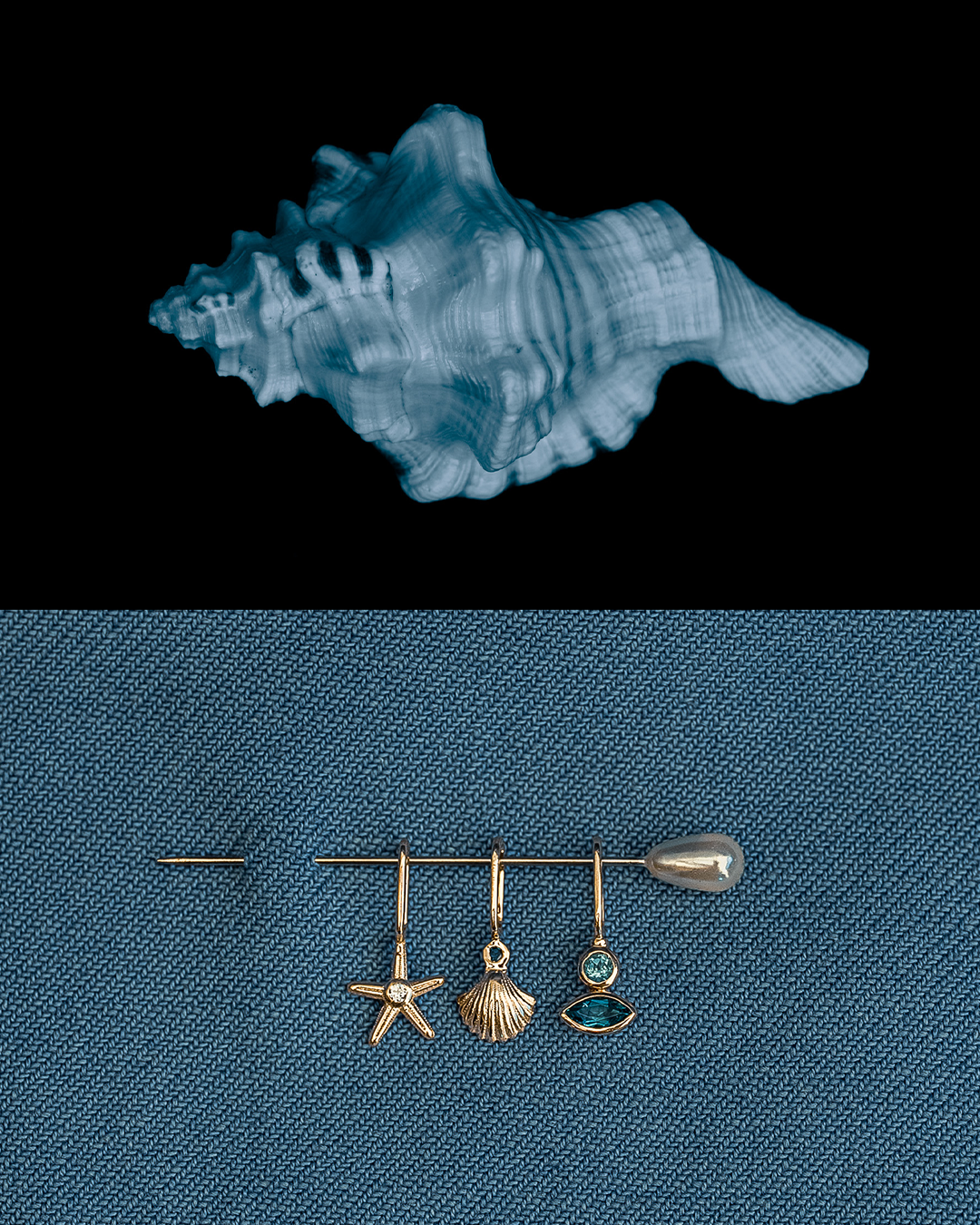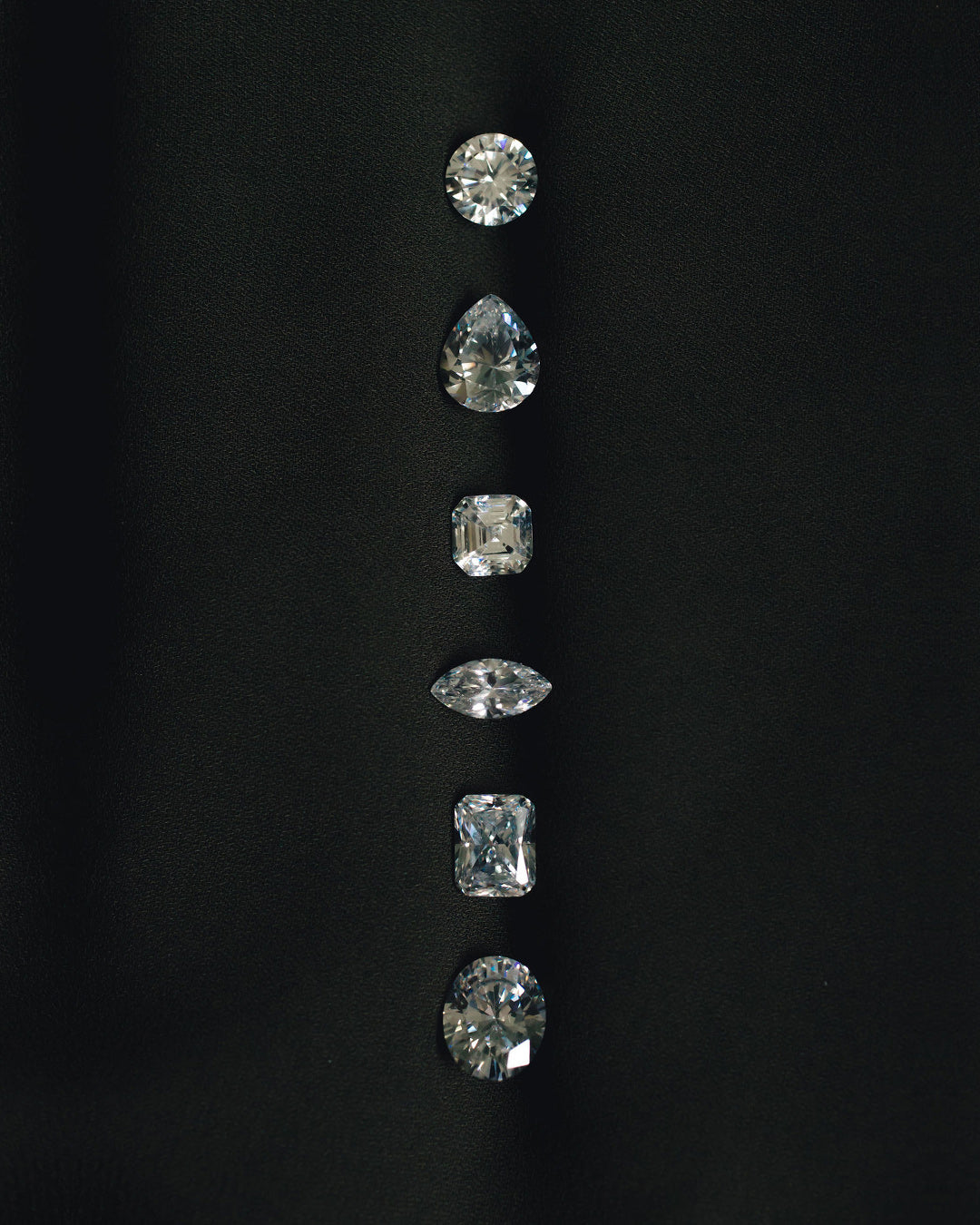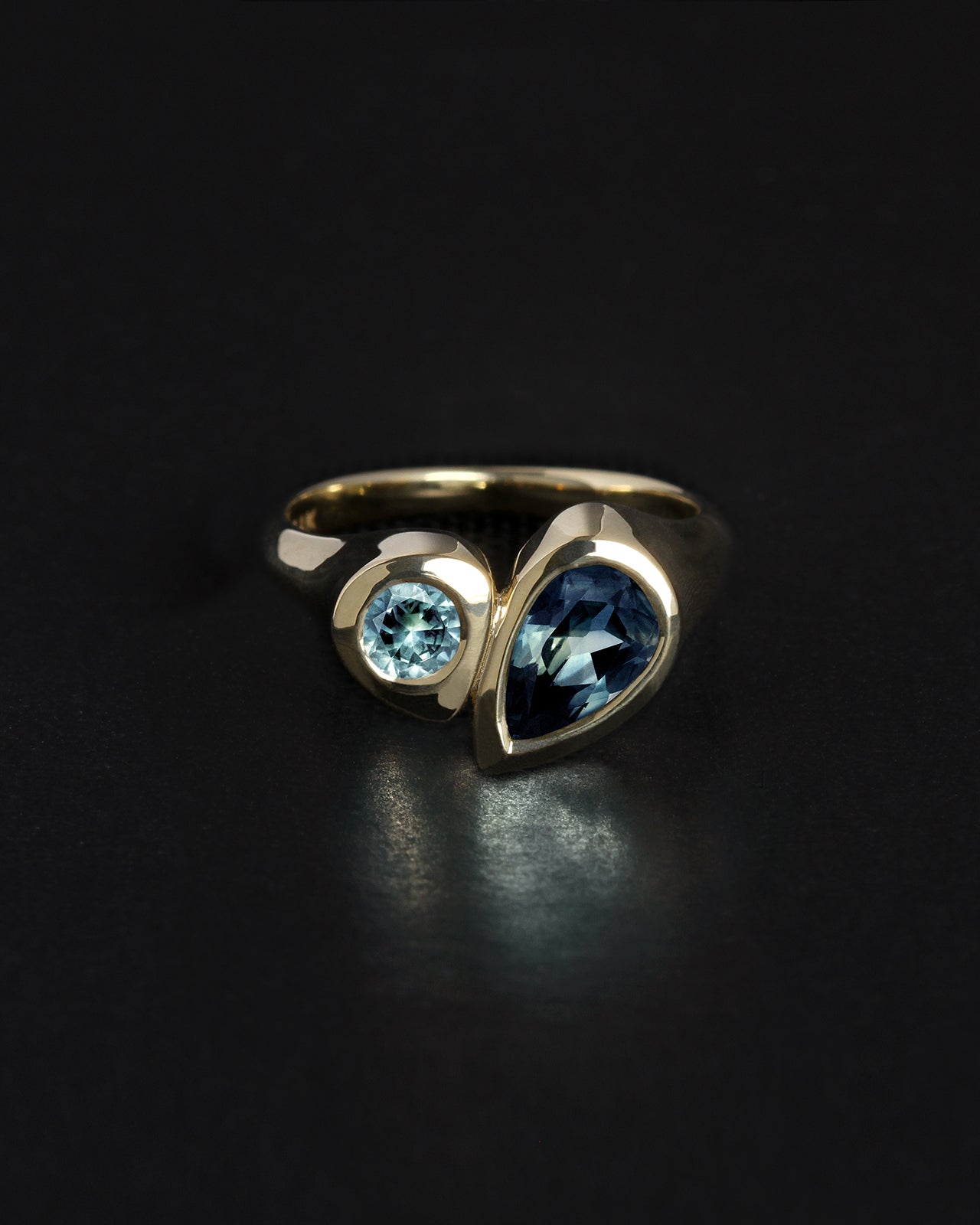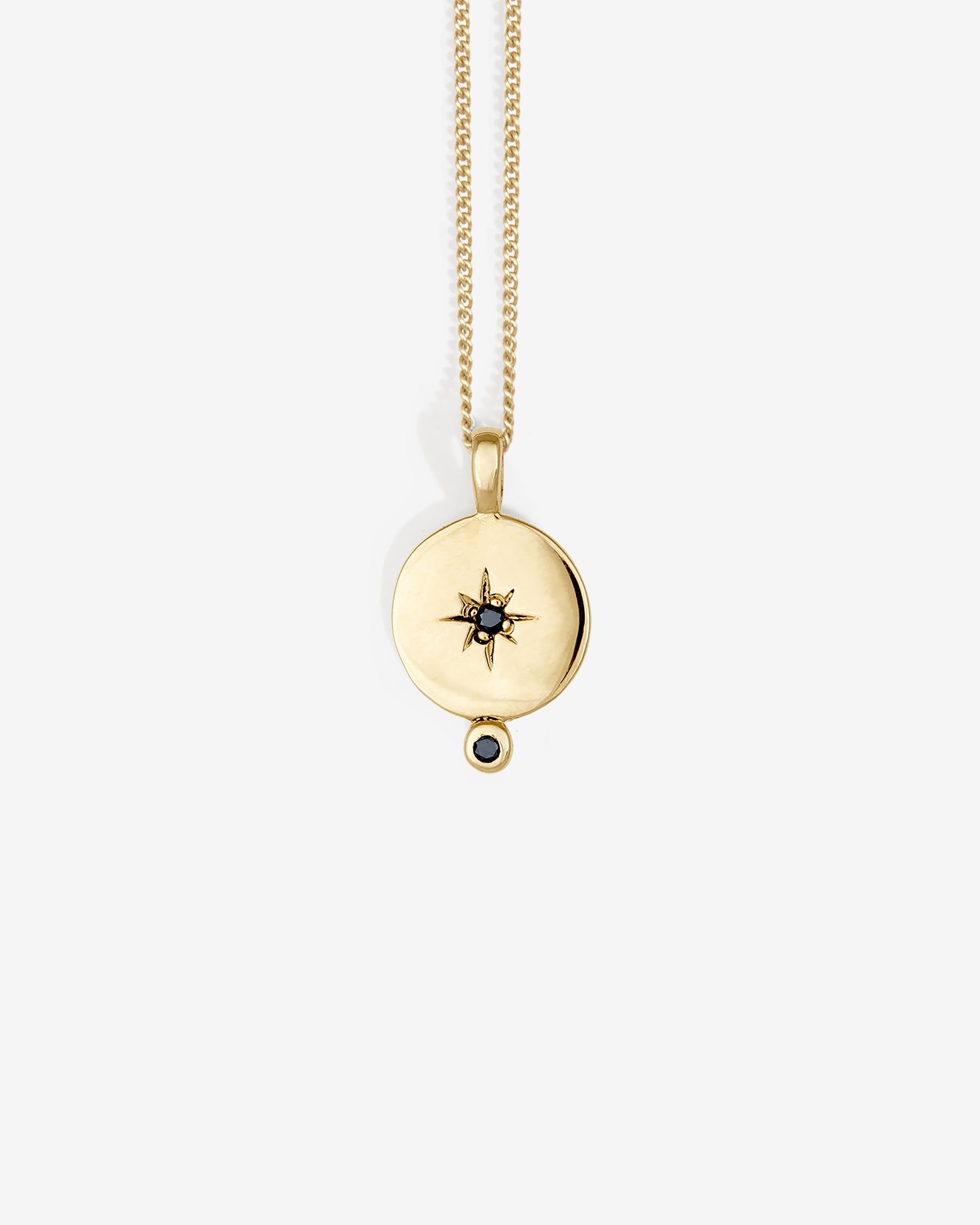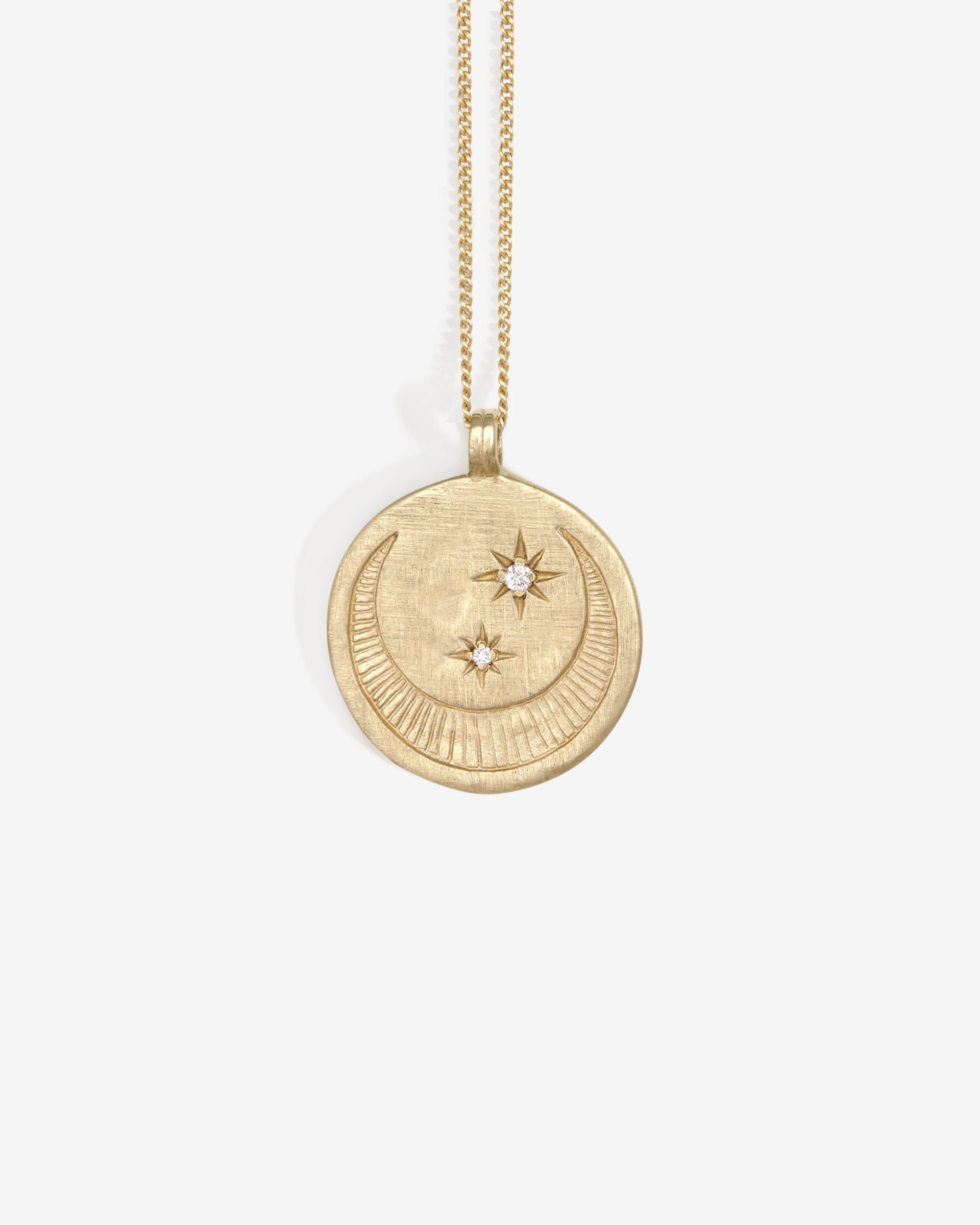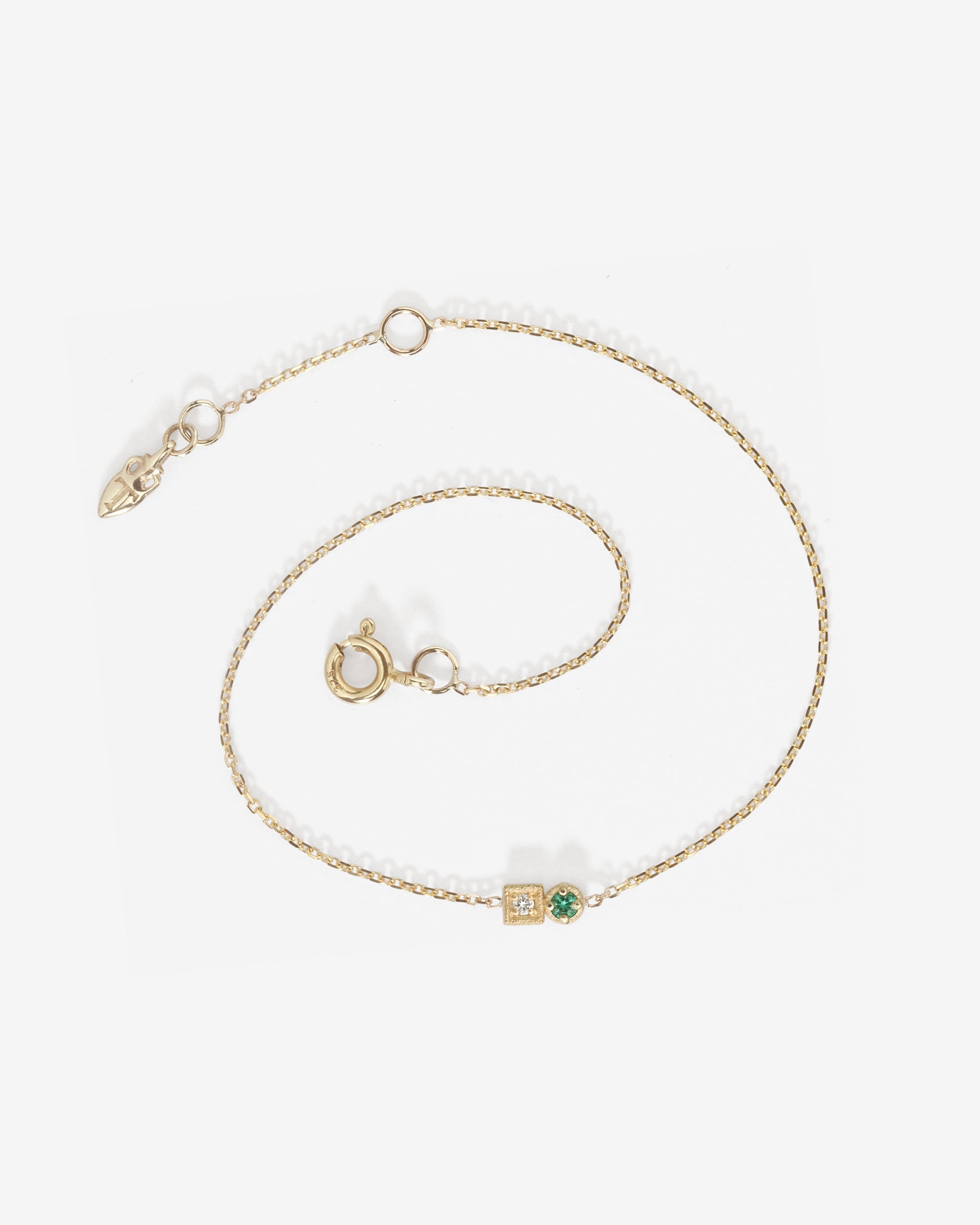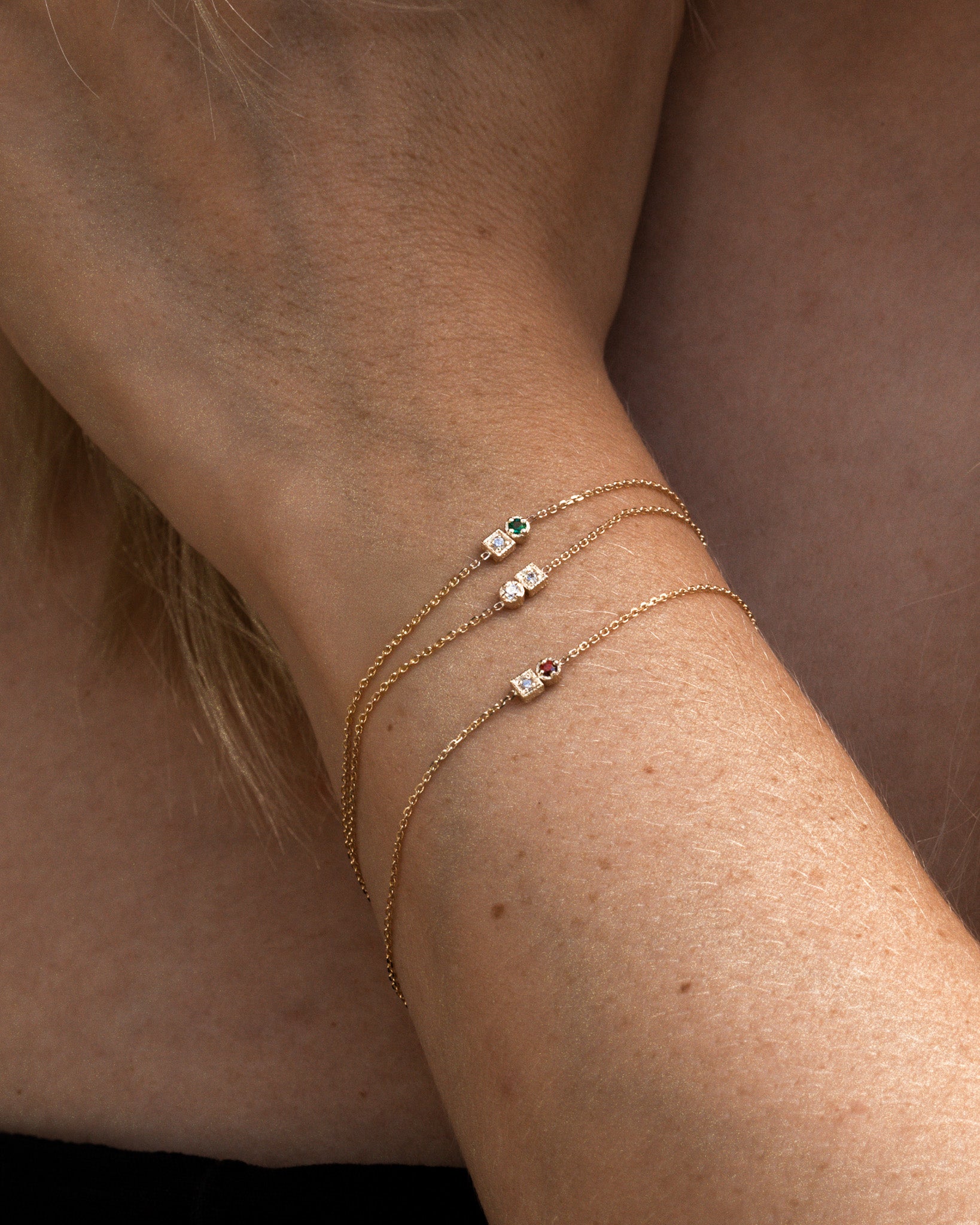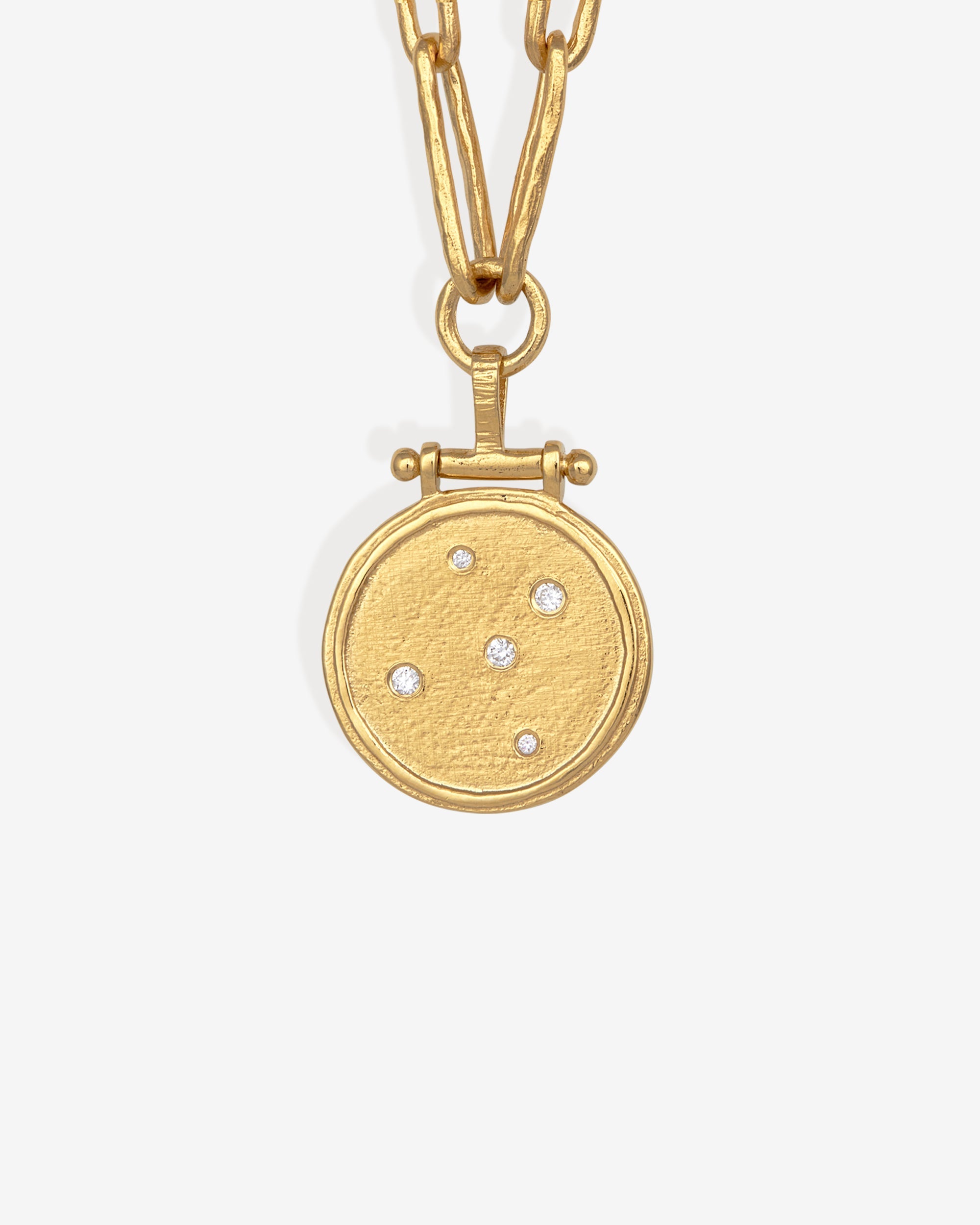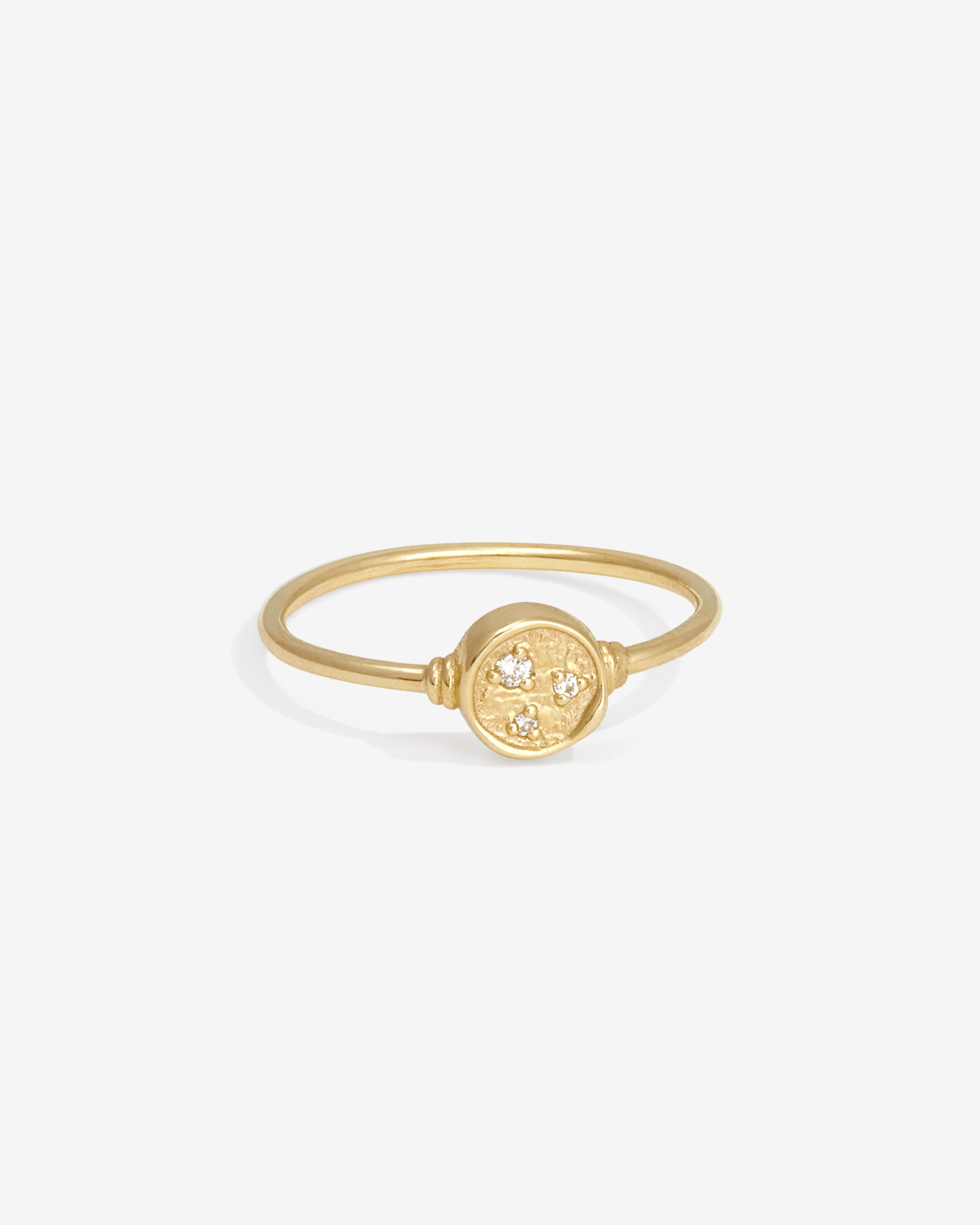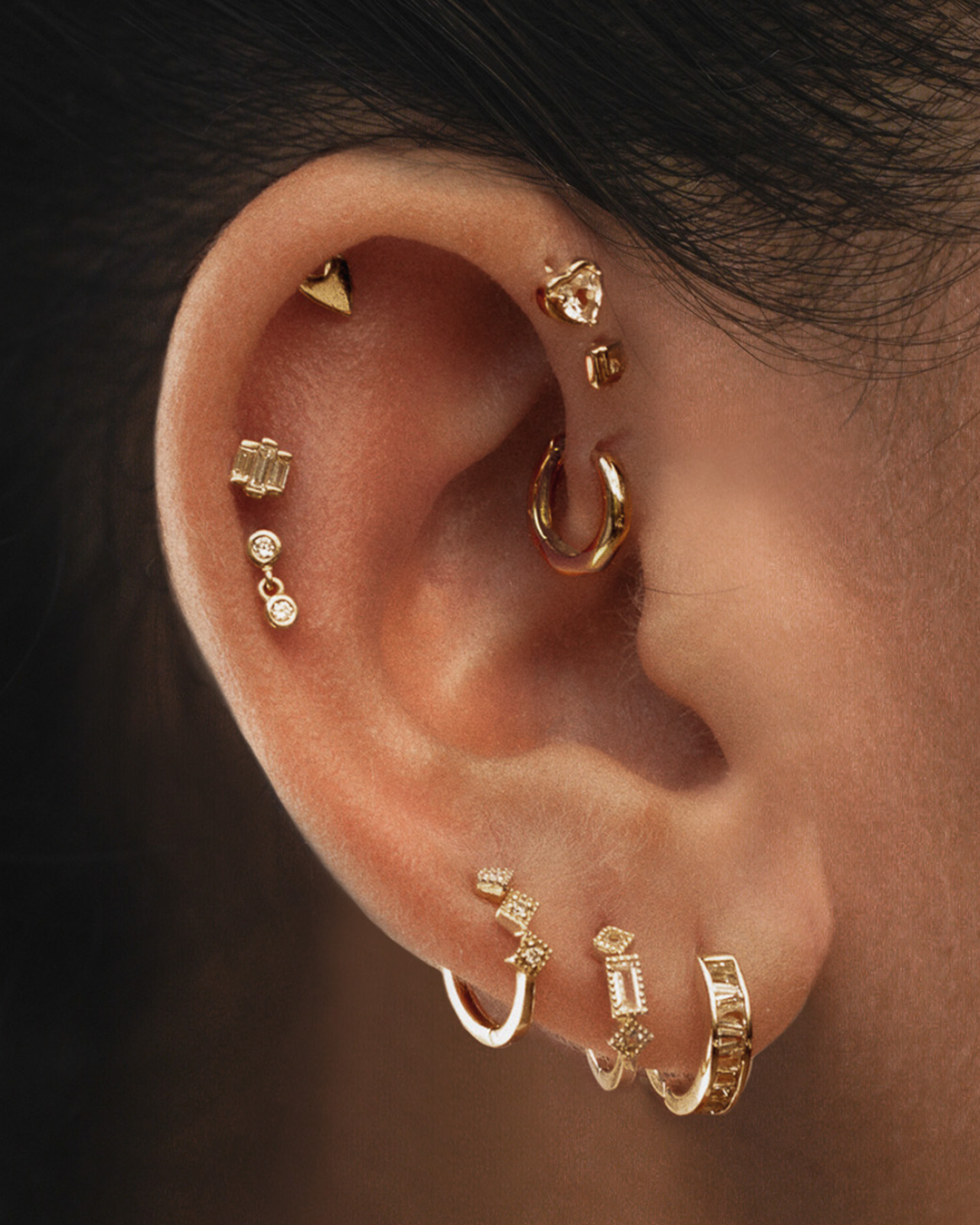Natural vs Lab Grown Diamonds
In the world of fine jewellery, there exists a captivating duality: the timeless allure of natural diamonds formed over billions of years, and the innovative brilliance of lab-grown diamonds crafted with precision in a controlled environment. At Temple, we take pride in offering both - a reflection of our modern ancient ethos, where contemporary technology meets the timeless beauty of the natural world.
Read on to find out which type of diamond resonates with your values, whether you're searching for an engagement ring or an heirloom piece to mark a connection or moment of deep signifcance.
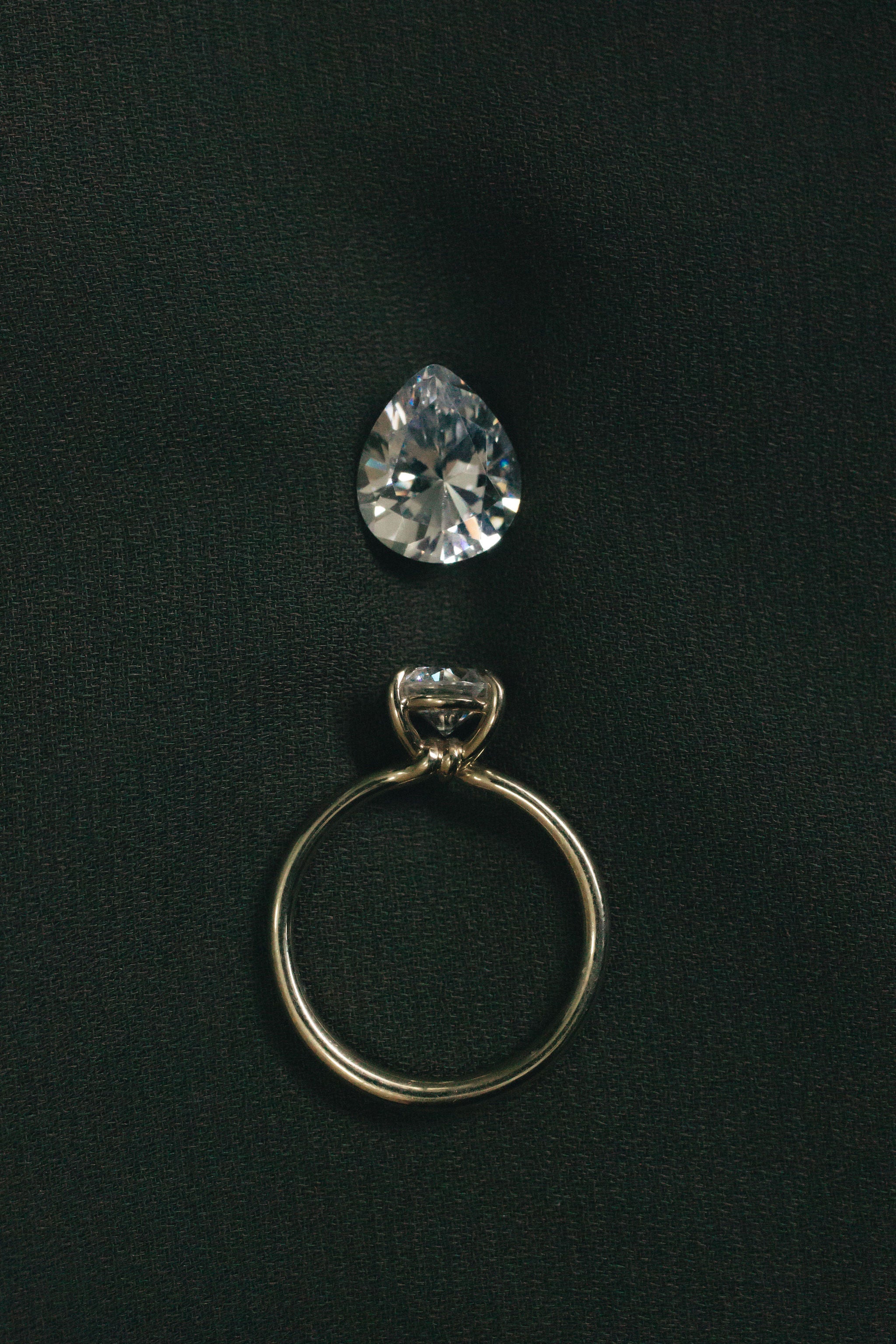
Lab-grown diamonds are diamonds created in a matter of weeks in a laboratory setting, using advanced technological processes such as Chemical Vapor Deposition (CVD) and High Pressure High Temperature (HPHT). They share the same physical, chemical, and optical properties as their natural counterparts found in the Earth's mantle. However, they differ in their rarity, formation time, origin and environmental impact, with a more accessible price point.
For those who are captivated by the rarity and profound history of natural diamonds, we offer something equally remarkable. Our certified conflict-free natural diamonds are sourced in compliance with the Kimberley Process Certification Scheme (KPCS), ensuring that we bring to you stones that are as pure in their legacy as they are in their radiance.



- Origin: Natural diamonds are earth's masterpieces formed under Earth's mantle, while lab-grown diamonds are modern creations made in a lab.
- Formation Time: The former takes billions of years to form; the latter can be produced in a matter of weeks to a few months.
- Environmental Impact: Mining natural diamonds can disrupt habitats and erode soil, whereas lab diamonds bear a lower environmental footprint.
- Cost: The rarity of natural diamonds commands a higher price, especially for larger stones, while lab diamonds offer a more cost-effective price.
- Availability: Natural diamonds are finite treasures; lab diamonds are available in abundance.
- The Inclusions: Natural diamonds often feature unique inclusions, contributing to their individuality. Lab-grown alternatives typically exhibit fewer inclusions, thanks to the controlled conditions of their creation.



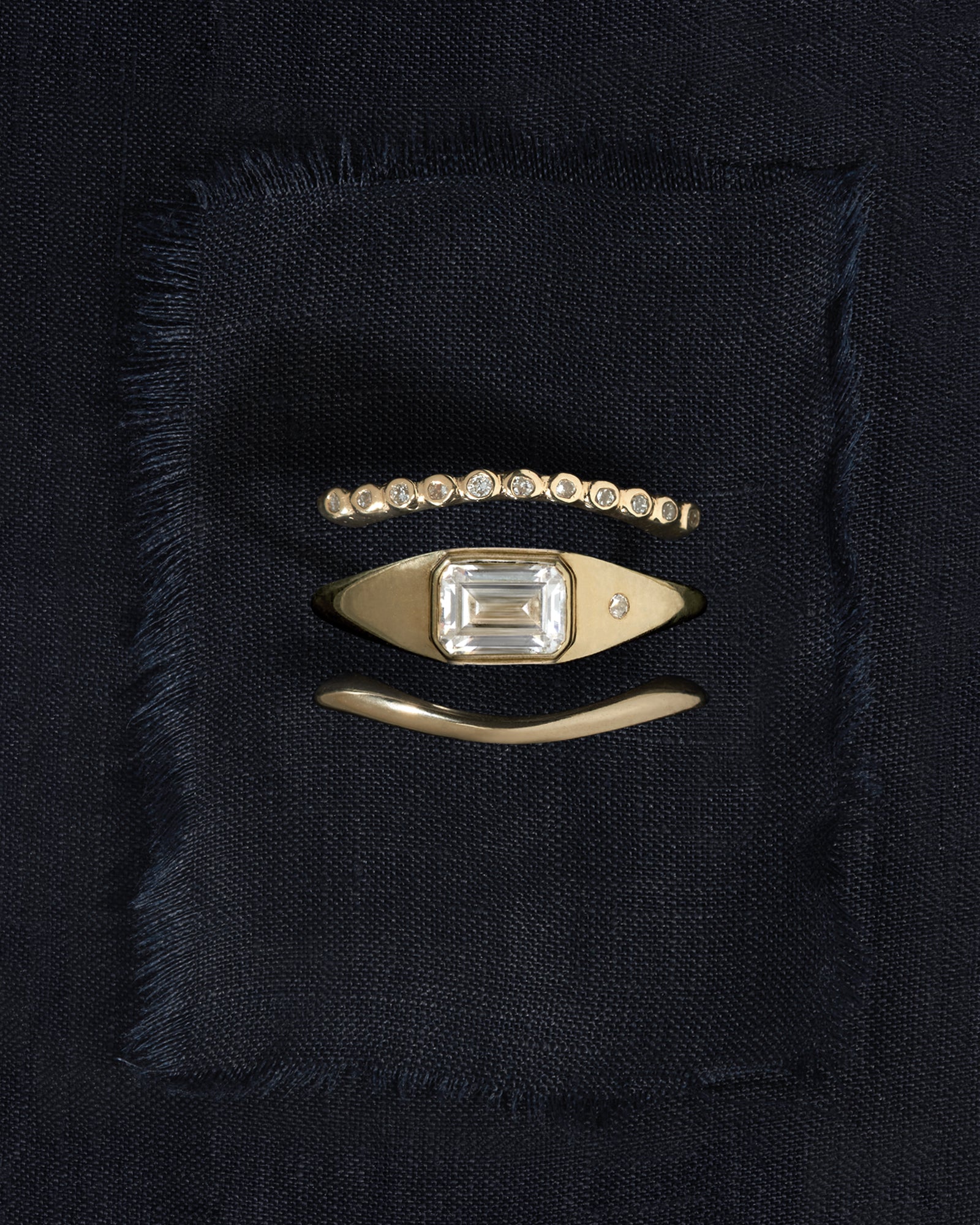

Whether you gravitate towards the enchanting legacy of a natural diamond or the modern sophistication of a lab-grown gem, Temple welcomes you to discover the perfect diamond that resonates with your story and values. Visit our collection in-store and online to find the diamond that speaks to you, where ancient beauty and modern innovation coalesce.
If you're still unsure, feel free to book an obligation-free bespoke appointment with one of our diamond experts, in-store or online. This interactive experience allows you to try on diamond pieces, get your fingers professionally sized, and explore our range of loose stones.


